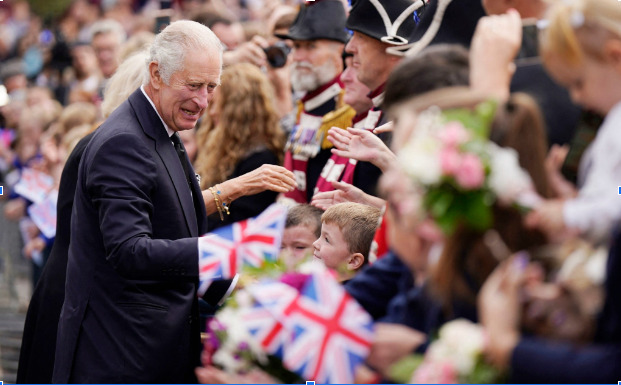Recently coronated King Charles III will receive a massive pay rise with the government’s decision to boost public funding of the monarch by 45% from 2025. The review of the royal funding settlement published by the Treasury of the UK on Thursday revealed that the monarchy’s grant will rise from £86m to £125m. The review is, however, allegedly spun heavily by the Treasury, to reflect the notion that the King is cutting his pay so that the crown estate funds could be used for public services.

The Review of the Royal Funding Settlement
It was emphasized by the Treasury of the United Kingdom, on Thursday while announcing the details of the royal funding settlement, that, there has been a reduction in the percentage of the crown estate’s profits from 25% to 12%, to which the king Charles would be entitled. Cutting the rate to 12% was expected to reduce the sovereign grant by £24m in 2024-25, which would be set to fund vital public services. However, The review missed out on what this would mean for the King’s wallet. The report reveals that the crown is due to receive a massive pay rise. This year and the next, it’ll remain unchanged at £86m, however by 2025, the annual stipend of the crown will go up to £124.8m. In 2026 it would be £126m.
The Uproar
The Treasury’s announcement was described as grossly misleading by Graham Smith, the Chief of the anti-monarchy group Republic. He was arrested while attempting to protest peacefully during the coronation of King Charles III. One of the Whitehall’s most senior civil servants, Lord Turnbull, a former cabinet secretary accused the Treasury of seeking to obfuscate how the monarchy is being funded. Turnbull, who was involved in official discussions over royal financing, said that linking royal finances with the profits of the crown estate was “silly” and “bullocks” and reckoned that it is aimed at creating the idea that King Charles III is paying for himself and is helping to reduce the burden of the taxpayers.
Former Liberal Democrat minister, now a prominent Republican commented that Britain’s royal family is more expensive than any European monarchy and they, on the other hand, always plead poverty.
The Sovereign Grant
The Sovereign Grant or the monarchy’s annual budget is pegged against the profits from the crown estate. The present system of allocating the sovereign grant was introduced in 2011, by then PM David Cameron and his chancellor, George Osborne, to remove the parliament’s control over royal funding. According to the arrangement, the percentage of profits of the crown estate would be decided by the Royal Trustees, the Prime Minister, the chancellor, and the king’s financial advisor. The provision of the ‘golden ratchet’ in the Sovereign Grant Act mentions that the money allotted to the monarch can never fall, even if their estate’s profit decrease.
The percentage of the estate’s net profits has been set at a steady rate of 25% since 2017, resulting in a steady rise in the funding for the crown as the profits rose. To manage the projections of this sudden boost in the crown estate profits, Buckingham Palace and the Treasury have allegedly sold leases for the offshore wind farms owned by the estate.
UK Government Responds
Buckingham Palace and the Treasury did not dispute that the sovereign grant was expected to increase in upcoming years (Source: The Guardian). However, when asked if the rise was appropriate amidst the cost of living crisis in the country, the spokesperson pointed out that the increase was temporary for the fiscal years 2025-26 and 2026-27. This rise in the grant covers the rest of the 2020 Buckingham Palace refurbishment. The grant will be reviewed again in 2026 and is expected to be cut back in 2027. However, it has been alleged repeatedly that the modernization of the royal palace is just a justification to increase the sovereign grant. Clarifying the decision taken, they also mentioned the steadiness of the grant at 25% (£86m), which was a real-term cut when considering inflation.











